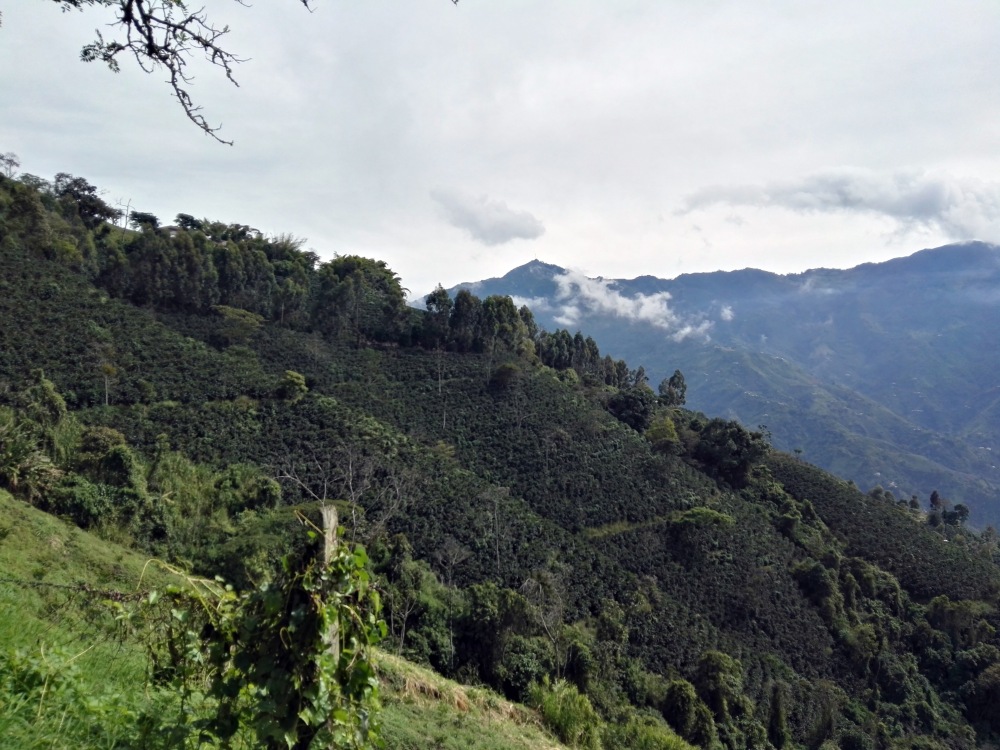The influence of altitude on coffee
The mountains influence our coffee in more ways than you might imagine. In this series of posts we’ll examine in more detail the connections between the mountains and the coffee we roast.
Even before it arrives at our Roastery, the coffee has been influenced by the landscape. The soil, aspect, climate and altitude all shape the potential of the coffee, which we try to harness in our roasting. Where altitude is concerned, there is a correlation between the height at which coffee is grown and it’s quality. As a general rule, the better quality arabica varietals prefer elevations of 550 to 2000m with cooler climates, while robusta varietals prefer lower elevations of 200m to 750m, with warmer climates.

Scafell Pike, at 978m would only just be high enough to grow good quality arabica coffee. Of the 214 ‘Wainwright Fells’, only 63, around a quarter, would be high enough to grow arabica coffee, with many classic fells such as Robinson, Pavey Ark and Haystacks, falling some way short. Obviously this is all hypothetical as we all know that our region lacks the climate required to grow coffee!
The higher the altitude, the harder it is for a plant to thrive. In the case of coffee, the fruit (or cherry) matures much slower allowing the sugars more time to develop. The resulting coffee beans are much denser than those grown at lower elevations. The climate at higher altitudes reduces the number of cherries a coffee plant can produce and support. Typically these plants produce around 40% less fruit and are therefore able to provide more nutrients to each individual bean.
Mountainous regions have well drained soils due to the angled growing slopes. Plants grown in these regions will have access to less water, concentrating the flavour in the cherries. Similarly, in many mountainous regions the natural habitat has been retained (or replanting of trees has occurred). The coffee is planted in amongst these trees which provide shade during the hottest parts of their day. This shade prevents the plants from having to utilise their natural sugars as protection against the direct sun, a sweetness which we would rather enjoy in the cup.

The steeper slopes in mountainous regions also prevents the use of machinery during harvest time. The majority of high grown coffees will be harvested by hand and this brings added benefits. Coffee cherries mature at differing rates and harvesting by hand ensures only ripe cherries are collected and delivered to the processing mill.
The difference between coffee grown at different elevations is profound. Coffee grown at elevations below 750m will taste bland and earthy. These coffees will likely be dark roasted, with the flavour of the roast being the dominant character. At very high elevations, over 1500m, coffee will be more acidic, aromatic and flavourful; you can expect flavours of fruit, spice, floral and berry. These coffees will require careful roasting to ensure they reach their full potential.

We only buy high grown coffees at Carvetii and use this information along with the varietal, density, processing method and origin to gain an insight into the potential of the coffee. We then careful roast each batch to ensure the origin characteristics find their way into your cup.